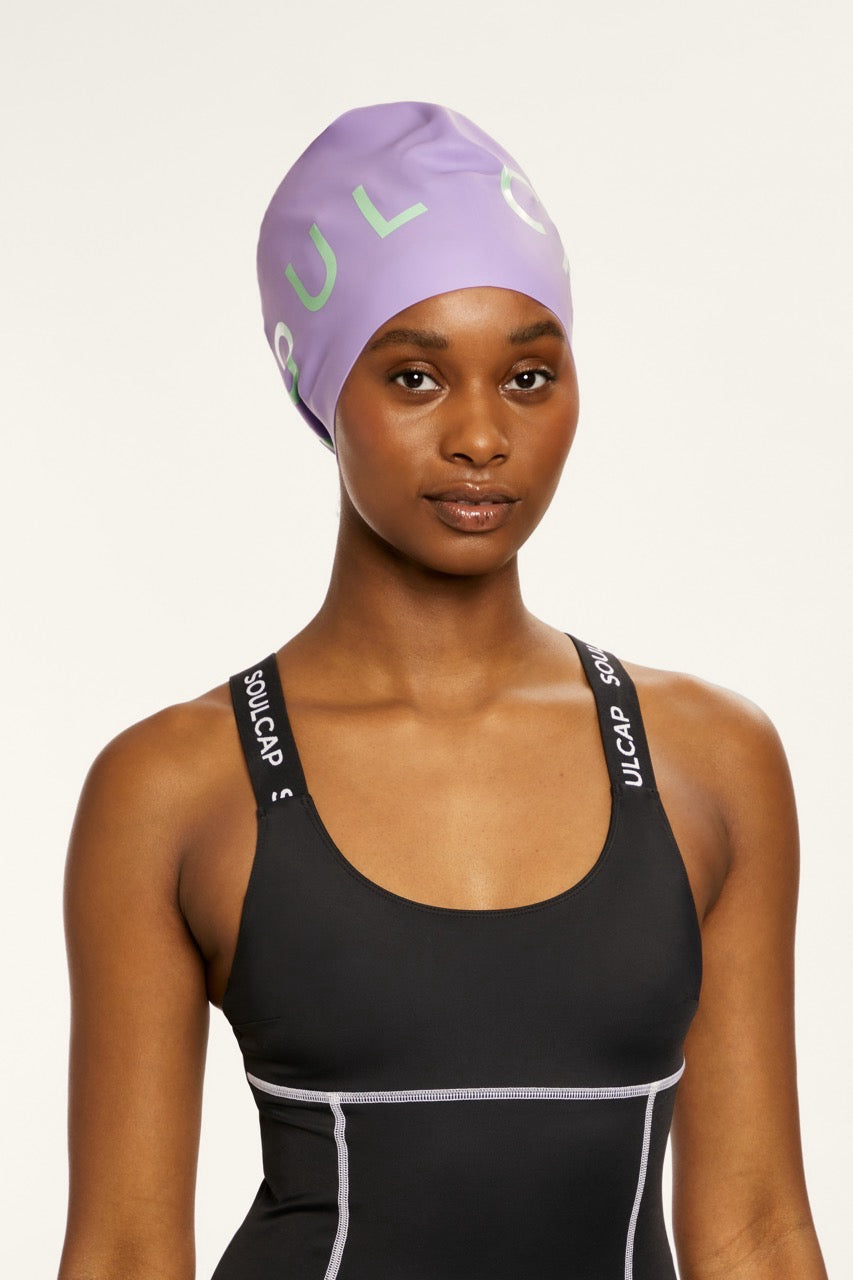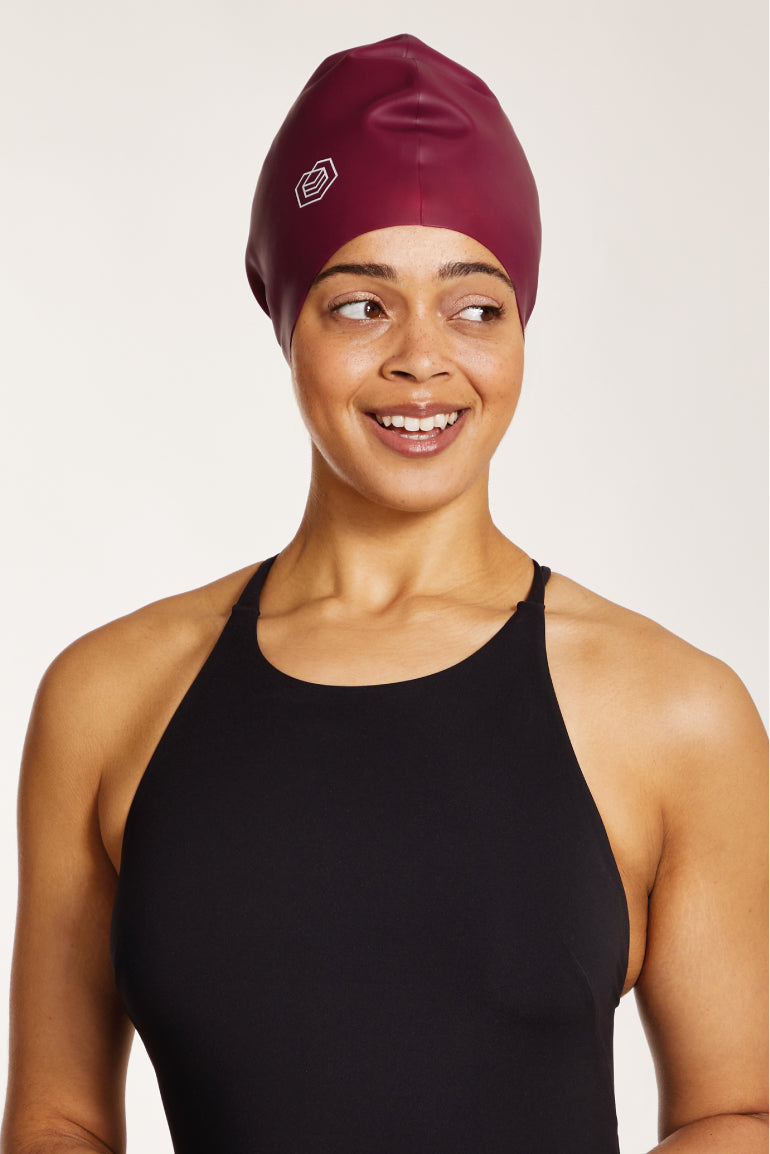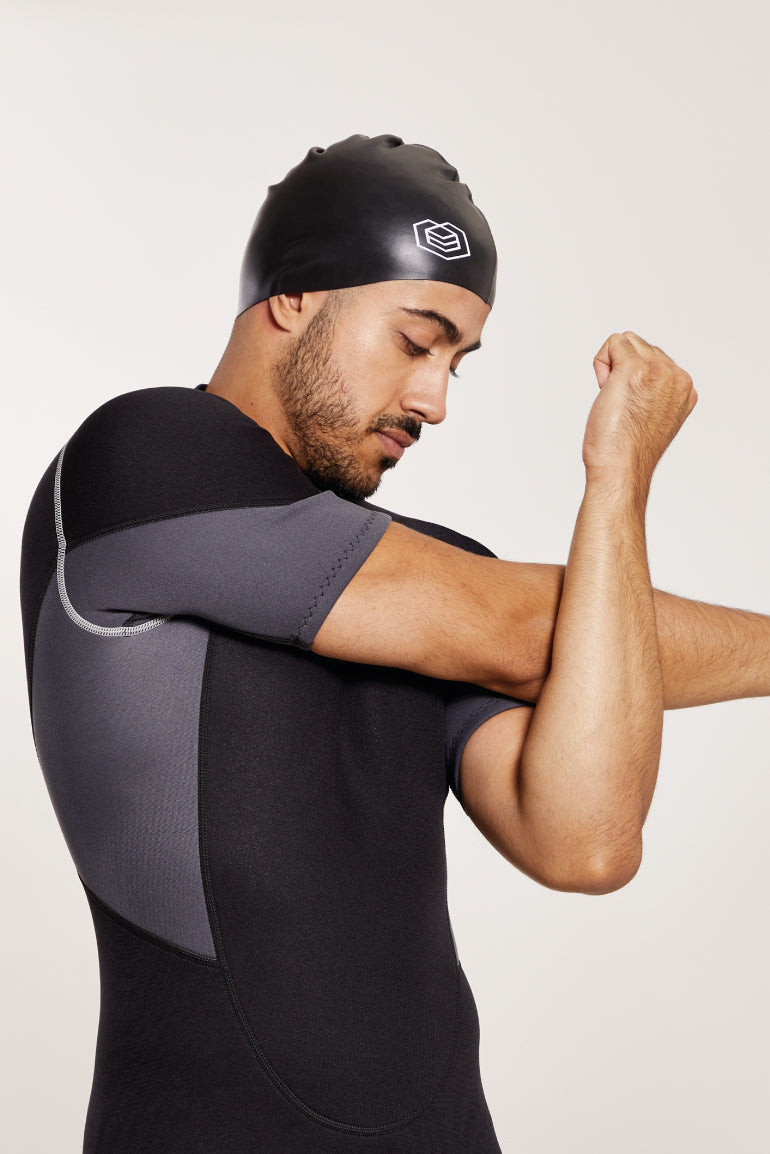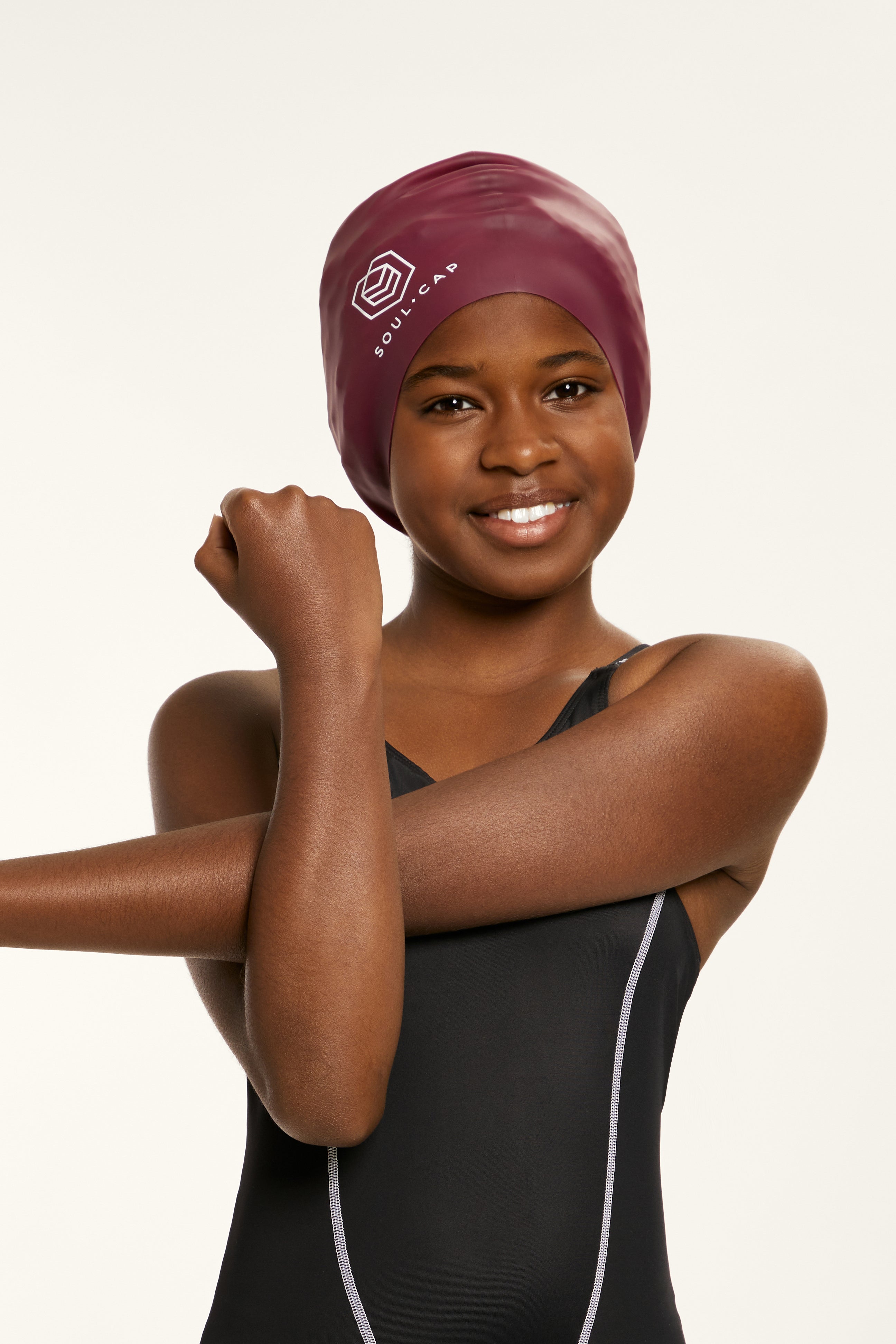We've talked before about inclusivity in swimming. But there's a whole other level to our favourite sport that some people don't realise:
For people with an ASC (Autism Spectrum Condition), swimming is one of the most inclusive and beneficial sports they can do.
Sadly, lots of kids with autism are often naturally excluded from fast-paced sports like football or basketball. With so many different elements to focus on – like positioning, strategy, and the pressures of competition – it can be a challenge for ASC kids to have a satisfying experience.
But when kids with autism learn to swim in a controlled environment, they're able to join in the fun at a pace and level of intensity that they're comfortable with.
They can learn, improve, relax, and participate – without the stresses of the more chaotic sports.
So how exactly does swimming help children with autism?
Swimming is the perfect sensory environment
Everyone who swims knows just how calming the water can be.
The silence of being underwater, the feeling of being weightless, and the trance-like rhythm of practising your favourite stroke.
And for kids with autism, these soothing qualities are even more important.

It's common for people with an ASC to have difficulty processing their sensory information. That often means they struggle with things like sounds and touch – but there are three types of sensory input that swimming is especially helpful with.
The first is all to do with the pressure water puts on the body. Children with autism are known to crave what's called 'deep pressure stimulation' – and water can place 30 times as much of this stimulation on the body when compared to air.
This consistent pressure spread all over their body can give kids a calming environment that helps them organise their other sensory inputs, and give them more confidence to try new movements.
The second part is all about balance. Some kids with autism have the habit of repeatedly rocking and twirling – and this is often due to an underdeveloped vestibular system.
(That's the part of your body that deals with motion, orientation, and balance.)
When people with an ASC move around in the water, they're in a controlled vestibular situation – one that's more safe and effective than other alternative methods.
Finally, being in the pool can help kids with their proprioceptive feedback. That's a complicated phrase for something fairly simple: your body's ability to understand where it is in space.
Between the resistance, the pressure, and the movement of the water, swimming gives kids an environment of enhanced proprioceptive feedback – and it can help to improve their spatial sense.
Swimming gives kids the skills they need for other sports
According to the charity Autism Swim, getting into the water can help kids with an ASC to improve their motor skills, as well as their muscular strength and endurance. At Soul Cap we also offer children's swim caps to protect your child's hair whilst swimming.

But what's really important is that these physical skills and improvements in their fitness can carry over to other parts of their lives – helping them to join in with physical education classes at school, and get involved in games with other children.
And these interconnected benefits can have a huge impact on their satisfaction, happiness, and their general quality of life.
Swimming helps kids to improve their social skills
It's no surprise that swimming can help kids to get stronger and fitter.
But what most people don't know is that swimming is a sport that has a direct effect on their ability to interact with the people around them.
With the right group therapy from a specialised trainer, kids with an ASC can learn to mix and mingle with other kids in their groups.
And aside from the usual stuff – like learning to share equipment, take turns, and react to and co-operate with others – swimming lets kids engage with other people from the relative safety of an environment that has natural physical boundaries.
Swimming isn't a contact-heavy sport. Even when we play games in the water, we're usually at a distance, and there's a healthy wall of water between us at all times. And that means learning to play and interact in the pool gives every child their own comfortable, personal space.
Looking for more guidance on swimming and autism?
If you're thinking about aquatic therapy for someone with an ASC, there's a huge amount of useful advice online. So if you're not sure where to start, we'd recommend checking out the international charity Autism Swim – an organisation that's dedicated to improving the lives of people with autism through swimming.






